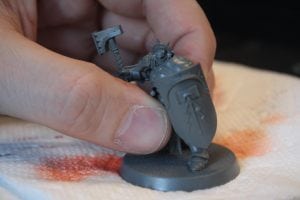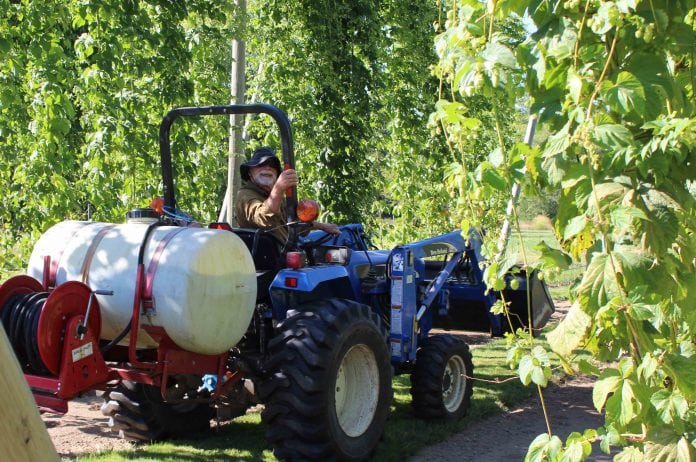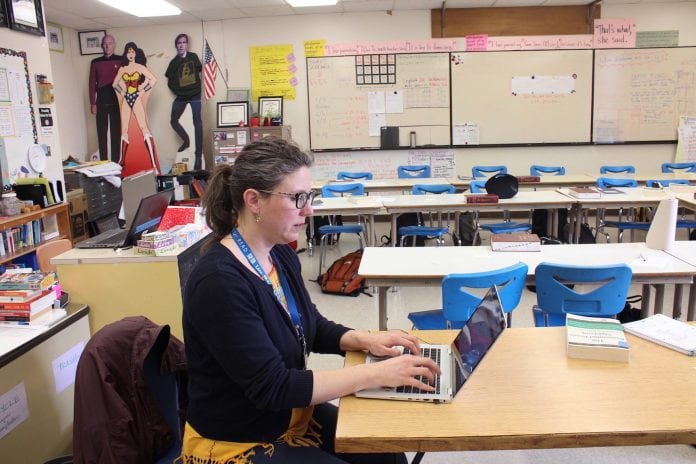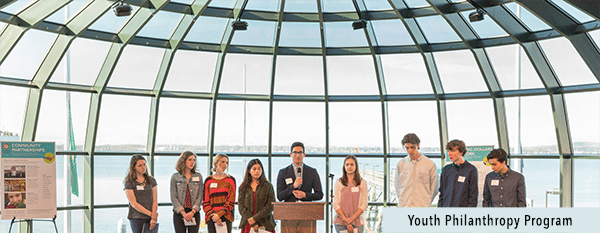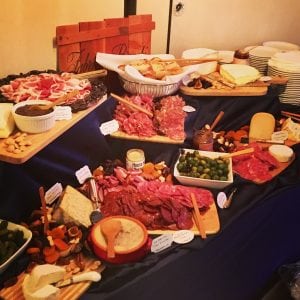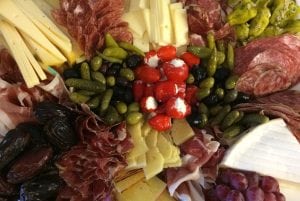There are many sweet and memorable animals at the Whatcom Humane Society, which takes in an average of 3,000-4,000 animals each year. To manage the various animals they care for, they utilize a mix of volunteers and employees, who all have their favorite animals or heartwarming stories

For Caitlyn, an employee of two and a half years, Cricket the beagle holds a special place in her heart. “She was brought in by animal control for potential abuse,” Caitlyn says. “The neighbors called in saying that the family’s children were throwing rocks at her and that she was just left outside. She was about four months old, so it’s not the greatest thing for a puppy.”
Animal Control talked to the family, who only said that Cricket had been hit by a car and was “broken.” They took Cricket to the Animal Emergency Hospital and she was diagnosed with a type of cerebellar hypoplasia that resulted from a parvovirus, which essentially means that it’s hard for her to walk and she’s very twitchy. “She most likely had parvo[virus] at some point in her life, survived it – which is a feat on its own, because it’s not an easy disease to beat – but it did leave her with some neurologic issues,” Caitlyn explains. “In layman terms, she kind of walks around like she’s drunk 24/7.”

Luckily, Cricket found her forever home through the Humane Society. She was taken to the Northshore Vet Clinic to use their hydro tank (to boost muscle growth), where one of the receptionists was immediately taken with Cricket. She offered to foster Cricket since she already had a full-size hound at home. “About a week after Cricket’s foster took her home, she said, ‘She’s not coming back,’” Caitlyn says. “She’s now learning to walk. She actually runs, which is amazing because when she got here she couldn’t even stand without just [falling]. Her dog siblings are teaching her how to be a dog because she didn’t know how. It’s really sweet. She’s learning to run around with the best of them.”
Cricket’s home is also uniquely suited to her. “The person who’s adopting also has a special needs cat, so she has a nice little special needs family of animals and it’s very cute and very wonderful,” says Caitlyn. “Without us being called out and sent to help her, she very well could’ve been euthanized. It’s one of those nice things; she has a chance because of what we did. It’s always beautiful and wonderful and amazing and that’s one of thousands, so it’s awesome. She’s near and dear to my heart.”

Stories like this are common for both cats and dogs. King Kong, an 18-pound black tuxedo cat, who was a favorite of many staff members, was at the shelter for a long time because people were afraid of him. “He was the biggest male tuxedo cat that we had. He had the hugest cheeks ever and every time we petted him he would just drool,” says Maria, an animal care and shelter services worker. “He was the sweetest thing ever but he was here for a while because people thought he was a scary looking cat because he was so big, but he was just the sweetest boy in the world and would never hurt a fly.” He ended up being adopted by a family who gave him to their 13-year old daughter as a birthday gift.
Other animals that pass through the Human Society also get their happy endings. Lucy, a wild mustang, was taken off of government property, corralled with other horses and then abandoned by her owners at a boarding facility. “Lucy was terrified by everybody. She was kicking with all four feet, you could barely get near her. She had a halter on that had been left on so long that it had been embedded in her face; they had to remove it and cut it off of her,” says Carly, the volunteer and outreach services manager. “Obviously, she hadn’t had the best time so she just thought everyone was terrifying.”

She stayed at the Humane Society farm for several months, as it was hard to find her a foster family that could handle her. “She was very, very particular on who she liked and would take advantage of anyone who wasn’t confident with her,” Carly says. “If you ran from her once, she would never let you forget it.” Carly lived and worked on the farm with Lucy for about five months, and developed a tight bond with her. “If you learned her ways and respected her, she came around pretty quickly.”
After a while, however, Lucy was in a tight spot. The barn was filling up very quickly and there were a few horses that needed expensive medical care. “It was starting to become very obvious that she was in danger,” Carly explains. “We were really concerned that we were never going to find anyone that wanted to take her.” Luckily, the newly formed Whatcom Horses in Need offered to take care of her. “A nice young gal who volunteers with Whatcom Horses in Need fell in love with her and took her home and she is now this woman’s pride and joy,” says Carly. “They have an amazing bond and she loves her so much.”
“[Lucy is one] of my very favorite stories that still makes me tear up when I think about it,” Carly says. “To see her go on and get adopted and have such an amazing, beautiful story is one of the reasons why I like to work here. That story is one of a handful that will keep me here even on the days when things get really hard.”



































